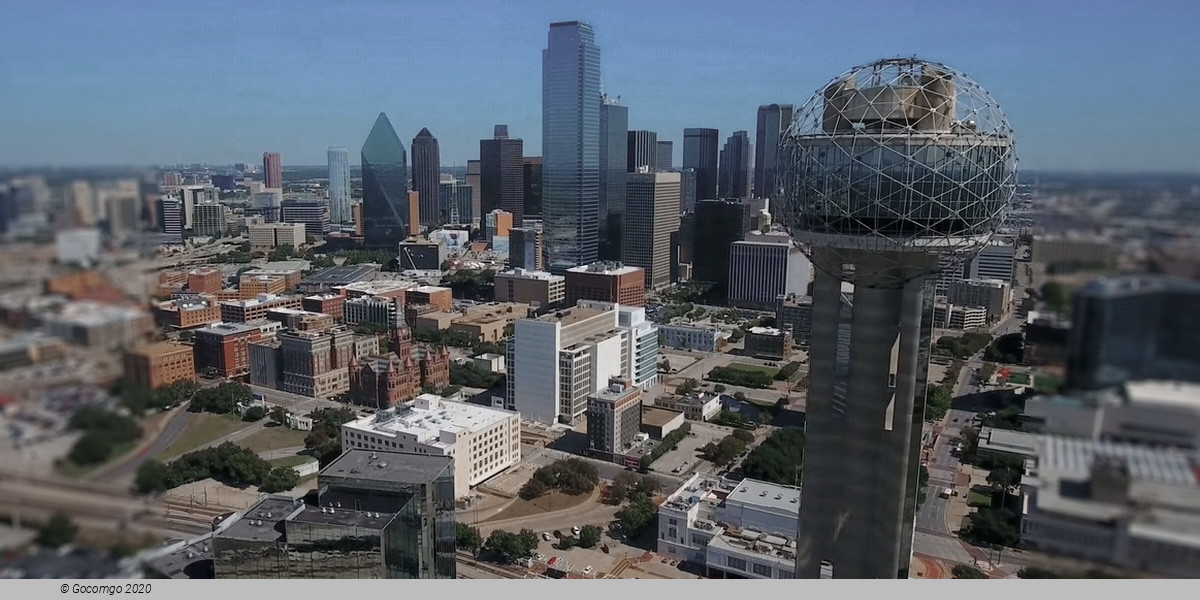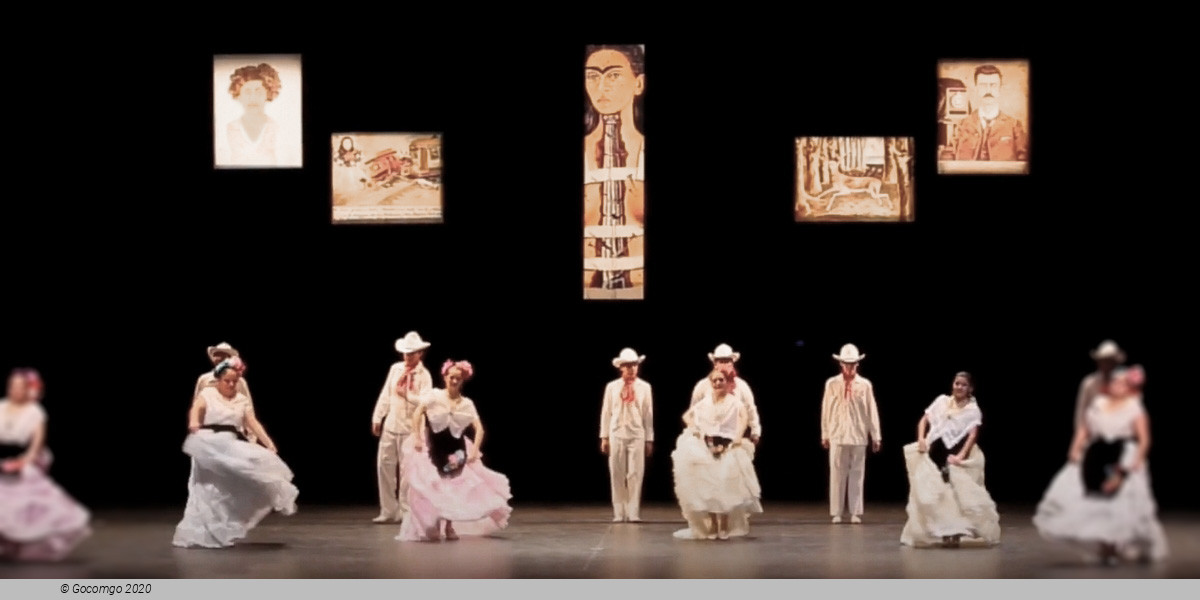Venues in Dallas

Dallas is a city in the U.S. state of Texas and the largest city in and seat of Dallas County, with portions extending into Collin, Denton, Kaufman, and Rockwall counties. Dallas and nearby Fort Worth were initially developed due to the construction of major railroad lines through the area allowing access to cotton, cattle, and later oil in North and East Texas. The construction of the Interstate Highway System reinforced Dallas's prominence as a transportation hub, with four major interstate highways converging in the city and a fifth interstate loop around it. Dallas then developed as a strong industrial and financial center and a major inland port, due to the convergence of major railroad lines, interstate highways, and the construction of Dallas/Fort Worth International Airport, one of the largest and busiest airports in the world.
History
Preceded by thousands of years of varying cultures, the Caddo people inhabited the Dallas area before Spanish colonists claimed the territory of Texas in the 18th century as a part of the Viceroyalty of New Spain. Later, France also claimed the area but never established much settlement. In all, six flags have flown over the area preceding and during the city's history: those of France, Spain, and Mexico, the flag of the Republic of Texas, the Confederate flag, and the flag of the United States of America.
In 1819, the Adams-Onís Treaty between the United States and Spain defined the Red River as the northern boundary of New Spain, officially placing the future location of Dallas well within Spanish territory. The area remained under Spanish rule until 1821 when Mexico declared independence from Spain, and the area was considered part of the Mexican state of Coahuila y Tejas. In 1836, Texians, with a majority of Anglo-American settlers, gained independence from Mexico and formed the Republic of Texas.
Three years after Texas achieved independence, John Neely Bryan surveyed the area around present-day Dallas. In 1839, accompanied by his dog and a Cherokee he called Ned, he planted a stake in the ground on a bluff located near three forks of the Trinity River and left. Two years later, in 1841, he returned to establish a permanent settlement named Dallas. The origin of the name is uncertain. The official historical marker states it was named after Vice President George M. Dallas of Philadelphia, Pennsylvania. However, this is disputed. Other potential theories for the origin include his brother, Commodore Alexander James Dallas, as well as brothers Walter R. Dallas or James R. Dallas. A further theory gives the ultimate origin as the village of Dallas, Moray, Scotland, similar to the way Houston, Texas, was named after Sam Houston whose ancestors came from the Scottish village of Houston, Renfrewshire. The Republic of Texas was annexed by the United States in 1845 and Dallas County was established the following year. Dallas was formally incorporated as a city on February 2, 1856. In the mid-1800s, a group of French Socialists established La Réunion, a short-lived community, along the Trinity River in what is now West Dallas.
With the construction of railroads, Dallas became a business and trading center and was booming by the end of the 19th century. It became an industrial city, attracting workers from Texas, the South, and the Midwest. The Praetorian Building in Dallas of 15 stories, built in 1909, was the first skyscraper west of the Mississippi and the tallest building in Texas for some time. It marked the prominence of Dallas as a city. A racetrack for thoroughbreds was built and their owners established the Dallas Jockey Club. Trotters raced at a track in Fort Worth, where a similar drivers club was based. The rapid expansion of the population increased competition for jobs and housing.
In 1921, the Mexican president Álvaro Obregón along with the former revolutionary general visited Downtown Dallas's Mexican Park in Little Mexico; the small park was on the corner of Akard and Caruth Street, the site of the current Fairmont Hotel. The small neighborhood of Little Mexico was home to a Latin American population that had been drawn to Dallas by factors including the American Dream, better living conditions, and the Mexican Revolution.
During World War II, Dallas was a major manufacturing center for military automobiles and aircraft for the United States and Allied forces. Over 94,000 jeeps and over 6,000 military trucks were produced at the Ford plant in East Dallas. North American Aviation manufactured over 18,000 aircraft at their plant in Dallas, including the T-6 Texan trainer, P-51 Mustang fighter, and B-24 Liberator bomber.
On November 22, 1963, United States President John F. Kennedy was assassinated on Elm Street while his motorcade passed through Dealey Plaza in Downtown Dallas. The upper two floors of the building from which the Warren Commission reported assassin Lee Harvey Oswald shot Kennedy has been converted into a historical museum covering the former president's life and accomplishments. Kennedy was pronounced dead at Dallas Parkland Memorial Hospital just over 30 minutes after the shooting.
On July 7, 2016, multiple shots were fired at a Black Lives Matter protest in Downtown Dallas, held against the police killings of two black men from other states. The gunman, later identified as Micah Xavier Johnson, began firing at police officers at 8:58 p.m., killing five officers and injuring nine. Two bystanders were also injured. This marked the deadliest day for U.S. law enforcement since the September 11 attacks. Johnson told police during a standoff that he was upset about recent police shootings of black men and wanted to kill whites, especially white officers. After hours of negotiation failed, police resorted to a robot-delivered bomb, killing Johnson inside El Centro College. The shooting occurred in an area of hotels, restaurants, businesses, and residential apartments only a few blocks away from Dealey Plaza.


